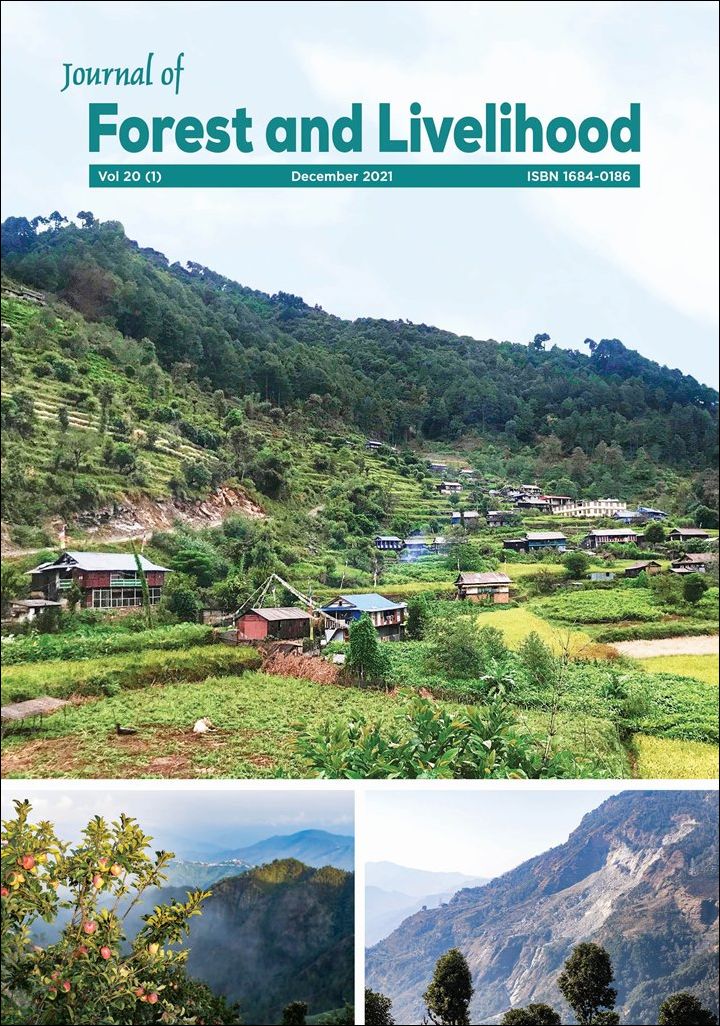Does High-Value Agriculture Build Resilient Livelihood? Insights from the Study of Cardamom and Vegetable Farmers of Nepal
DOI:
https://doi.org/10.3126/jfl.v20i1.59630Keywords:
Adaptive capacity, climate change, livelihood assets, livelihood resilienceAbstract
The Nepalese agriculture is shifting from subsistence farming of cereal crops to commercial farming of high-value agriculture (HVA) crops. This shift in agriculture for high income have implications in the livelihood of farmers and the farming system. In this paper, we have explored on these two interlinked issues, HVA based livelihoods and the risks in farming. We took two cases, cardamom from Ilam and vegetables from Makwanpur for in-depth study and collected qualitative data from 52 farmers. We interpreted data following
the household livelihood resilient framework and the farming system resilient framework. Findings show that income and employment from HVA strengthen financial asset at the beginning and then contribute to build other livelihood assets which re-enforce each other and improve the livelihood condition of farmers. In addition, HVA crops face risks as a result of price fluctuation and climate change which majority farmers have adapted through mobilisation of assets and additional investments. We conclude that HVA can
withstand shocks like price fluctuation and climate change and provide base for resilient livelihood of the farmers. As small farmers have lower adaptive capacity than those with large scale farming, HVA policies and interventions should be favorable and reachable to all farmers, particularly those involved in small-scale farming practice.
Downloads
Downloads
Published
How to Cite
Issue
Section
License

This work is licensed under a Creative Commons Attribution-NonCommercial 4.0 International License.
CC-BY-NC: This license allows reusers to distribute, remix, adapt, and build upon the material in any medium or format for noncommercial purposes only, and only so long as attribution is given to the creator.





